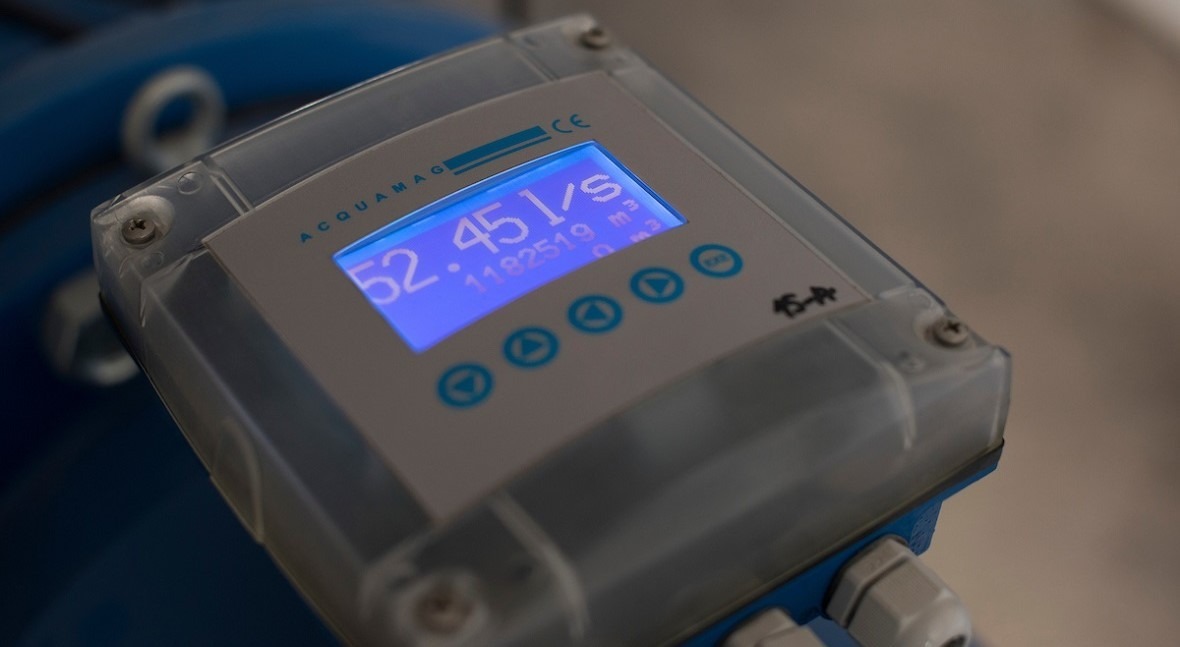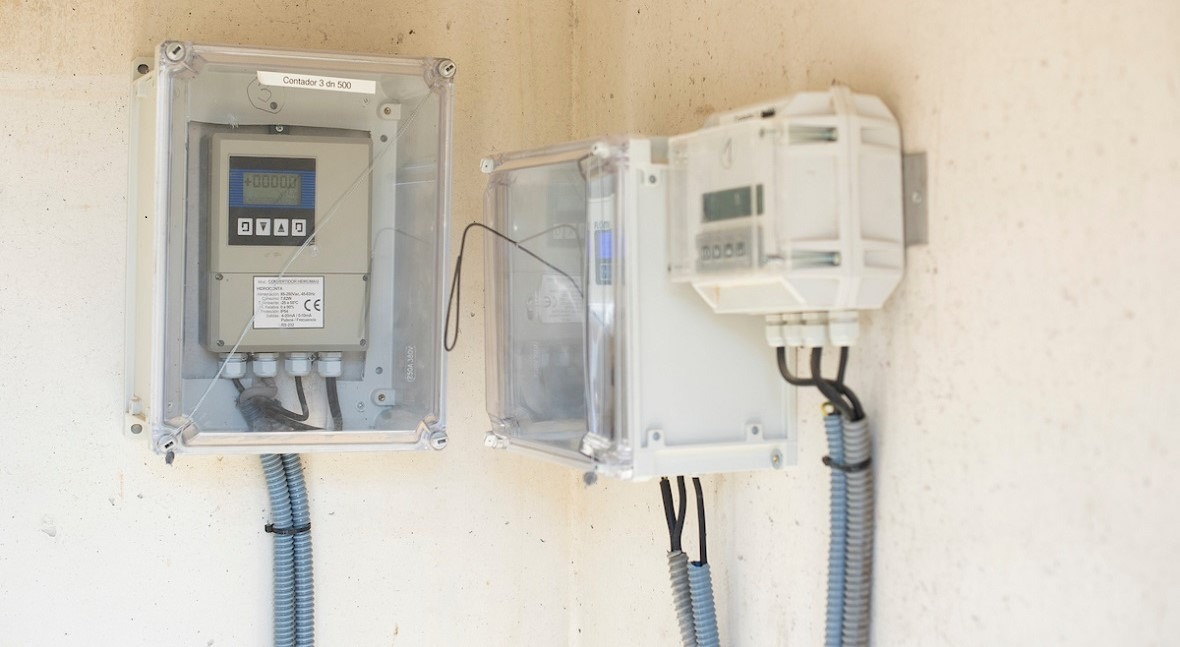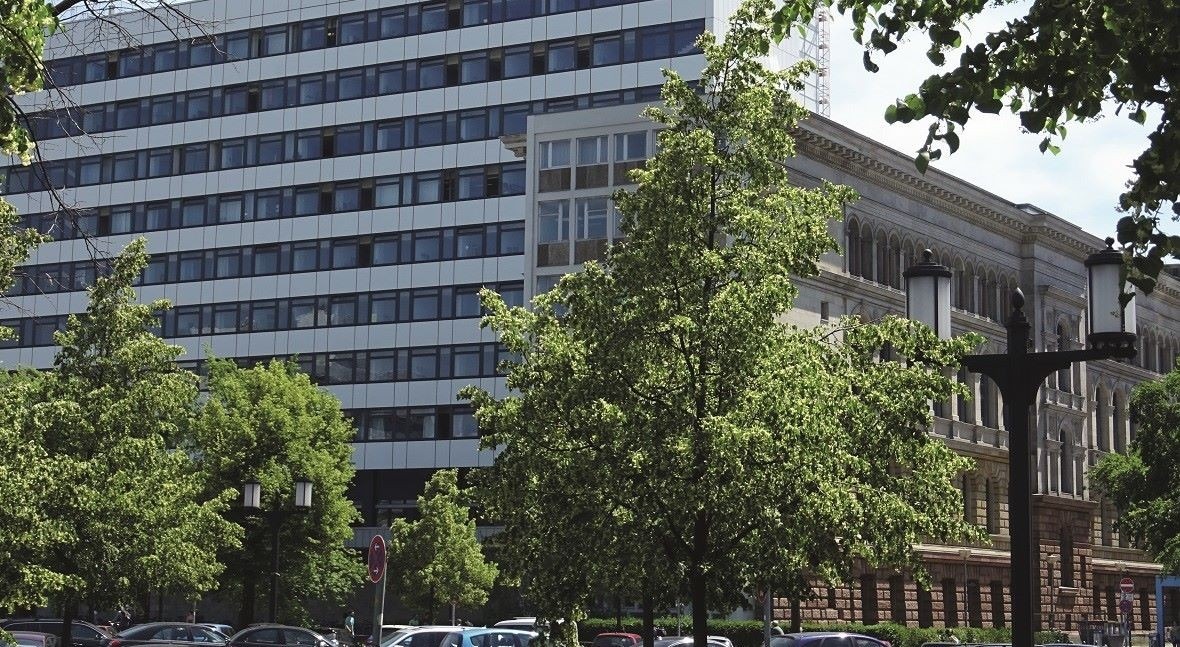“In 66% of the cases a water utility turns to digital technologies motivated by economic benefits”

There is no doubt that digital technologies are having a transformative impact on water utilities across the world. An online survey is exploring the factors that influence technology adoption.
Digital technologies are transforming the operations of water utilities, resulting in more reliable services and improved sustainability and resilience. Responding to a lack of comprehensive research on the advancement of digital transformation in the water services sector, a group of researchers conducted a survey involving 64 utilities from 28 countries, looking at drivers and impacts of this digital transformation, as well as the key enabling technologies. We had the opportunity to interview research lead Ivo Daniel, post-doctoral researcher at the Technical University of Berlin and the Einstein Center Digital Future (ECDF), the centre for digitalisation research in the German capital.
Please tell us briefly about your career path and your involvement in water-related research.
Currently, I am working as a post-doctoral researcher at the chair of Smart Water Networks at Technische Universität Berlin and the Einstein Center Digital Future. I am an Industrial Engineer by training with an M.Sc. degree from Karlsruhe Institute for Technology and a specialization in fluid dynamics and energy sustainability. After my studies, I worked as an R&D engineer in the automotive industry for 4 years before deciding to go back to academia and pursue my PhD in Urban Water Management. During my PhD, I focused on the development of physics-informed machine learning methods for leakage detection in water distribution systems. The framing of those investigations is furthermore attributed to the greater context of the digital transformation of urban water management and water utilities, specifically.
How did the idea of doing a survey of water utilities’ digital transformation emerge?
In the scope of our general research, we get in contact with water utilities quite often. The one common theme that had emerged from these interactions was that no unique interpretation of digital transformation existed in the water sector. Rather, each utility company had developed their own understanding of this process, quite evidently depending on the challenges they were and are facing.
For instance, utilities that operate in regions with higher water scarcity impose a much higher focus on managing their water supply and demand. This, in turn, creates a need for digital technologies to assess water demand and educate customers on conservational practices. Hence, these cases exhibit a strong focus on smart metering technology in combination with demand side management tools.
Each utility company develops their own understanding of digital transformation, depending on the challenges they were and are facing
On the other hand, utilities that operate in flood-prone areas require methods to better manage and operate their sewage systems, evacuating stormwater most efficiently. Preventing floods is especially critical in cities with combined sewage systems where any overflow will contain harmful pollutants that then dilute into the environment and groundwater. Such a utility will have a greater focus on optimal control technology of sewage systems and wastewater treatment plants, for instance incorporating Model Predictive Control in combination with rainfall forecasting.
More examples exist where multiple players exhibit their very own individual understanding of digital transformation. Such divergent concepts of digital transformation can make communication between utility companies, researchers, and technology providers extremely difficult. We wanted to create common grounds, a baseline for effective communication – hence, the idea for the Smart Water Survey emerged.
Within the survey, you analysed the penetration of individual digital technologies among water utility companies. What are your findings in this regard?
To analyse a utility company’s progress in digital transformation, we had to devise a quantitative methodology capable of comparing among the set of participants. Thus, we developed a digitalisation score that is based on the average penetration of digital technologies within that utility. Thereby, for each available technology in our predefined set, a score from 0 to 3 is awarded based on its stage within the technology innovation process, i.e., whether the technology is not planned, planned in the near future, implemented, or in operation. Averaging the scores of all technologies for a single utility will yield a utility’s digitalisation score (UDS) and for a single technology among all utilities a technology’s availability score (TAS).
All utilities surveyed regarded digital technologies as potential solutions for current and future technical and environmental challenges
Altogether, we find that all utilities surveyed in our sample regarded digital technologies as potential solutions valuable for current and future technical and environmental challenges. We expect digital technologies to have great potential for improving efficiency, especially in the customers subdivision, for instance through intensified consumer outreach and feedback. This is also true for drinking water and wastewater treatment as well as infrastructure and operating systems with respect to their control processes and real-time anomaly detection on relevant control parameters.
The study found that the water distribution system is the entry point to further adoption of digital technologies in the whole urban water cycle. What are some possible explanations for that?
As a result of the survey, we found the digitalisation scores are generally the highest in the water supply & distribution subdivision, with most technologies being either operative or currently implemented. Thus, with lots of extensive experience already existent in this subdivision, we conclude that water distribution systems may serve as a valuable entry point for water utilities starting their digital transformation.
In contrast to wastewater operations, drinking water distribution networks convey potable water directly to consumers, demanding a special focus on water quality and supply service reliability. For these reasons, strict regulation and risk aversion may prevent the testing of engineering solutions in the context of drinking water. Our results suggest that digital and data-driven approaches represent rather low-risk alternatives for utilities in these cases. Conversely, similar risks do not apply to sewage systems where already hazardous waste- and stormwater is conveyed. This possibly results in a delay in the development of digital solutions in the wastewater subdivision.

Can you comment on utilities’ digitalization progress in relation to utility characteristics and/or geography?
Unlike the clear emerging trends regarding digitalisation in utility subdivisions, we did not find any significant correlation between the UDS and a utility’s descriptive characteristics or its country’s socio-economic context. While utility size (network size, number of customers, and relative population served over the country’s total) and utility experience often emerged as important predictors to modelling the UDS, a rather poor model fit with low correlation values prevents us from claiming the existence of significant trends. Rather, it seems that the subset of utilities that replied to our survey have all started their digital transformation journey, while apparently less digitalised ones refrained from sharing their experience.
Altogether, the underlying conclusion of the survey remains that digital transformation is a global process, independently of geographic or socio-demographic factors. Most importantly, utilities that are just starting their digital transformation can benefit from the experience of the digital leaders that participated in our survey. To this end, we provide an overview of the introduction of digital technologies in order of priority based on the TAS.
The following drivers of technology adoption were selected for analysis: economic benefits, followed by government regulation and hydroclimatic factors. What are their relative weights, and does it depend on the utility subdivisions you defined?
Based on the above considerations regarding the motivation of the survey with regard to the individual circumstances of water utility companies that are pursuing different paths of digital transformation, we wanted to pinpoint the background to their motivation and identify any correlations with the application of digital technologies.
The gap between motivations and technology adoption may depend on internal processes, structure, or even vision and capability of managers
To this end, we started by brainstorming all possibilities for potential driving elements together with multiple partners across research institutes as well as the water industry. The resulting list was rather long and not fitting to be included in our survey. Moreover, an investigation with such a global extent has not previously been carried out and a benchmark for categorizing such potential drivers was not available. For these reasons, it seemed most practical, and especially participant-friendly, to reduce the number of available options down to these three mentioned categories – economic benefits, government regulation, and hydroclimatic factors – each one containing two more specific items.
A full-scale digital transformation of a water utility requires an innovative mindset both at the management as well as the operational level
Before the analysis, we priorly anticipated government regulation to have the most influence on a utility’s decision to digitalize. As a public good, water is heavily regulated, for instance with respect to quality aspects, and utility companies are mostly organized as public cooperations. However, in 66% of the cases, we found that a utility company indicates economic benefits as their motivation to introduce digital technologies. Conversely, only 26% indicated government regulation to be the driving factor in digitalizing, and for a mere 8% hydroclimatic factors such as droughts or floods were the reason. In the case of the latter, especially droughts were indicated to start the digitalization of their water supply and floods with respect to wastewater management.
You pinpoint a gap between motivation to start a digital transformation and successful technology adoption. Can you comment on this?
While mainly economic factors motivate utilities to tackle their digital transformation and start such a journey, we do not find empirical evidence supporting the claim that these factors also influence the successful implementation of a digitalisation strategy. This is reflected by the fact that across all categories of driving elements, there are no significant differences in the utility digitalisation score. Hence, the progress of digital transformation cannot be attributed to these external factors.
Rather, it seems that the gap between motivations and actual technology adoption may depend on various factors that are not captured by the three drivers considered in this study. This may include, for instance, internal processes, company structure, or even individual vision, understanding, and capability of utility managers.

What recommendations would you offer to policymakers, industry stakeholders, and water utility managers aiming to leverage digital technologies for sustainable water management?
Digital technologies offer great technical potential as well as high economic value across all subdivisions of a water utility. This remains true whether they are employed as solitary solutions as part of a digitalisation initiative or are part of a greater strategically organised digital transformation. Ultimately, a full-scale digital transformation of a water utility requires an innovative mindset both at the management as well as the operational level. We deem that only by enforcing both top-down and bottom-up engagement within this context, a successful transformation can be achieved.
While digital transformation in the water utility sector is still being pioneered, we encourage water utilities to join together with tech providers to develop technical solutions fitting their specific needs and initiate close communication with regulative bodies to ensure a seamless and secure practical implementation. Such a triangular exchange will finally benefit all sides: utilities will secure water security along with reliable operations, hence, ensuring customer satisfaction; regulative bodies can warrant consumer safety; and tech providers may efficiently develop technologies that fit a utility’s requirements.
The Smart Water Survey is available at https://smartwatersurvey.com/.




